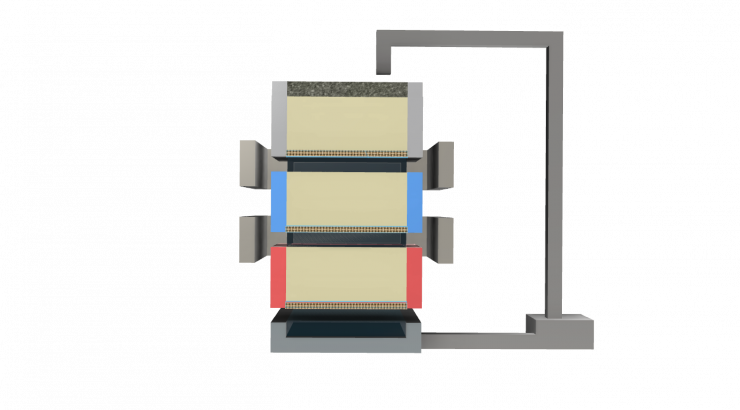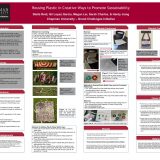Water Filtration Using Biofilms Sereena Gee, Calista Lat, Krista Ruggieri, Joan Karstrom
May 11, 2020
Access to clean water in poverty-stricken communities poses a significant and expensive challenge globally. The effects of consuming unfiltered water are detrimental to health and physical well-being, as it may lead to waterborne and foodborne illnesses. Our solution, a slow-sand water filtration system, entails the use of inexpensive and abundant natural resources that are proven effective in filtering out unwanted bacteria such as E. coli through the formation of a biofilm layer. This biofilm layer is what makes this filter unique, as its microbial environment essentially removes water pollutants, thus producing drinkable water. We used Autodesk 360 to create a three-dimensional model of our water filter. The top layer of the water filter is composed of fine sand, which removes most solid particles and is the most biologically active layer that encourages growth of the biofilm. The middle layer is composed of medium-sized sand that behaves as a sieve to prevent large particles from going down and encourages aeration. The bottom layer of gravel performs the same duties as the middle layer. Layers of cheesecloth in between each layer filter out microparticles. Underneath the bottom layer is a funnel coupling, which drips water into a bucket for recycling. The circulation pump recirculates water during the biofilm development period to encourage biofilm growth. We hope that our water filter will be used in the future to combat the issue of water contamination. Its affordable design, composed of easily-accessible materials, is ideal to protect the health of disadvantaged populations worldwide.



